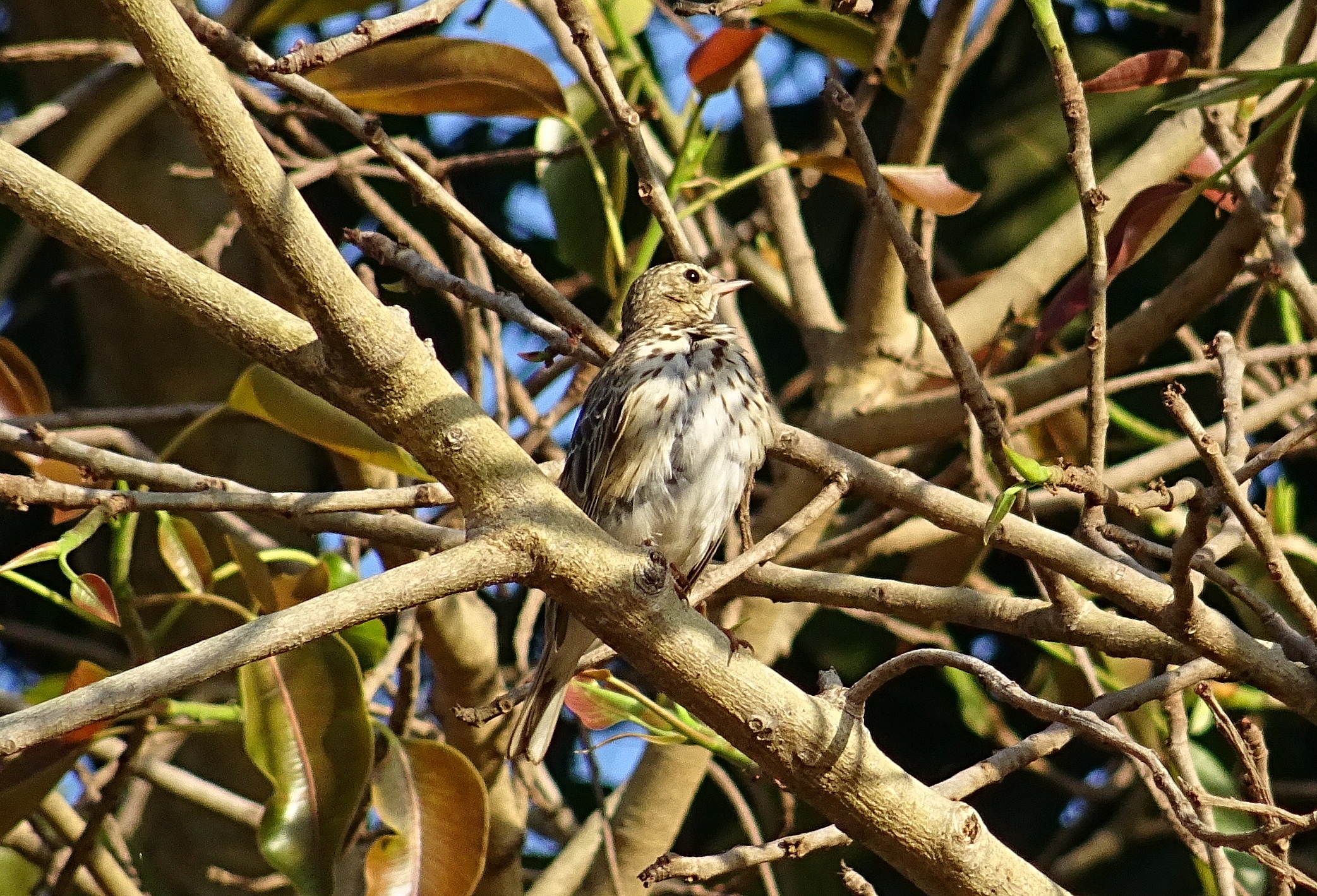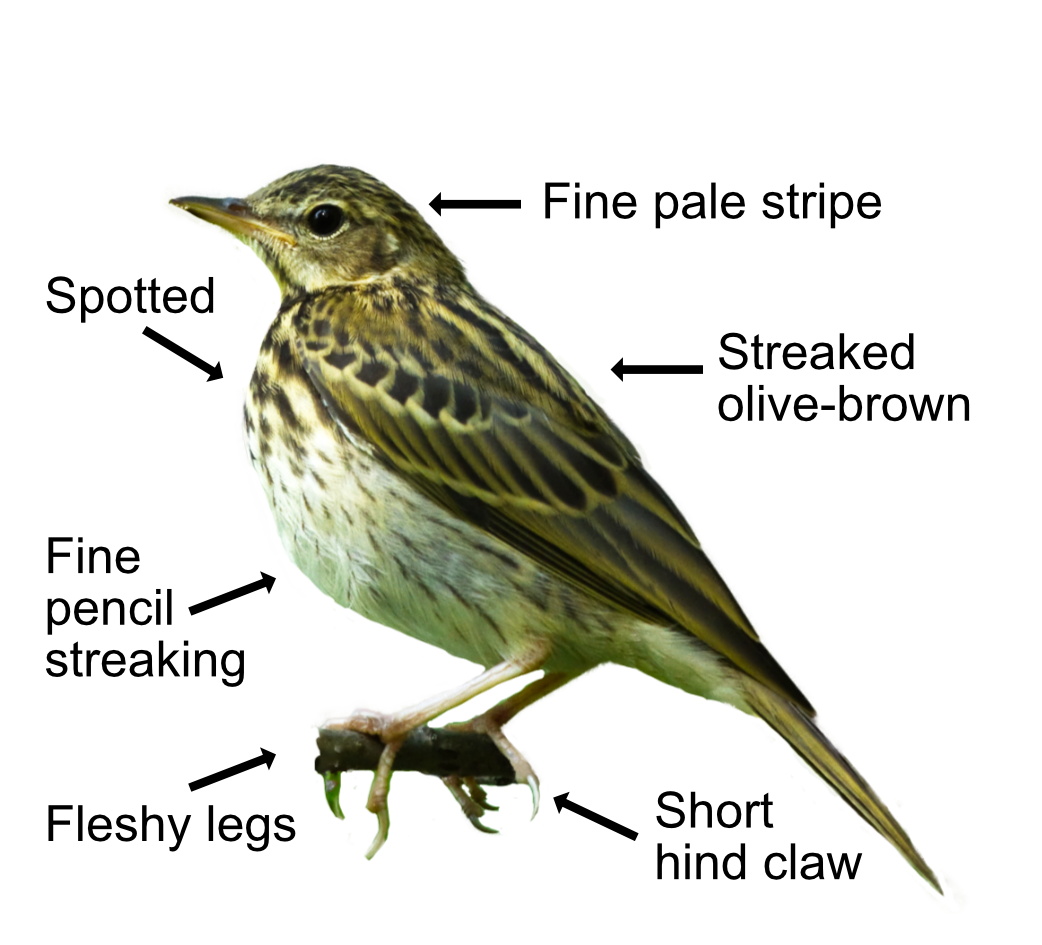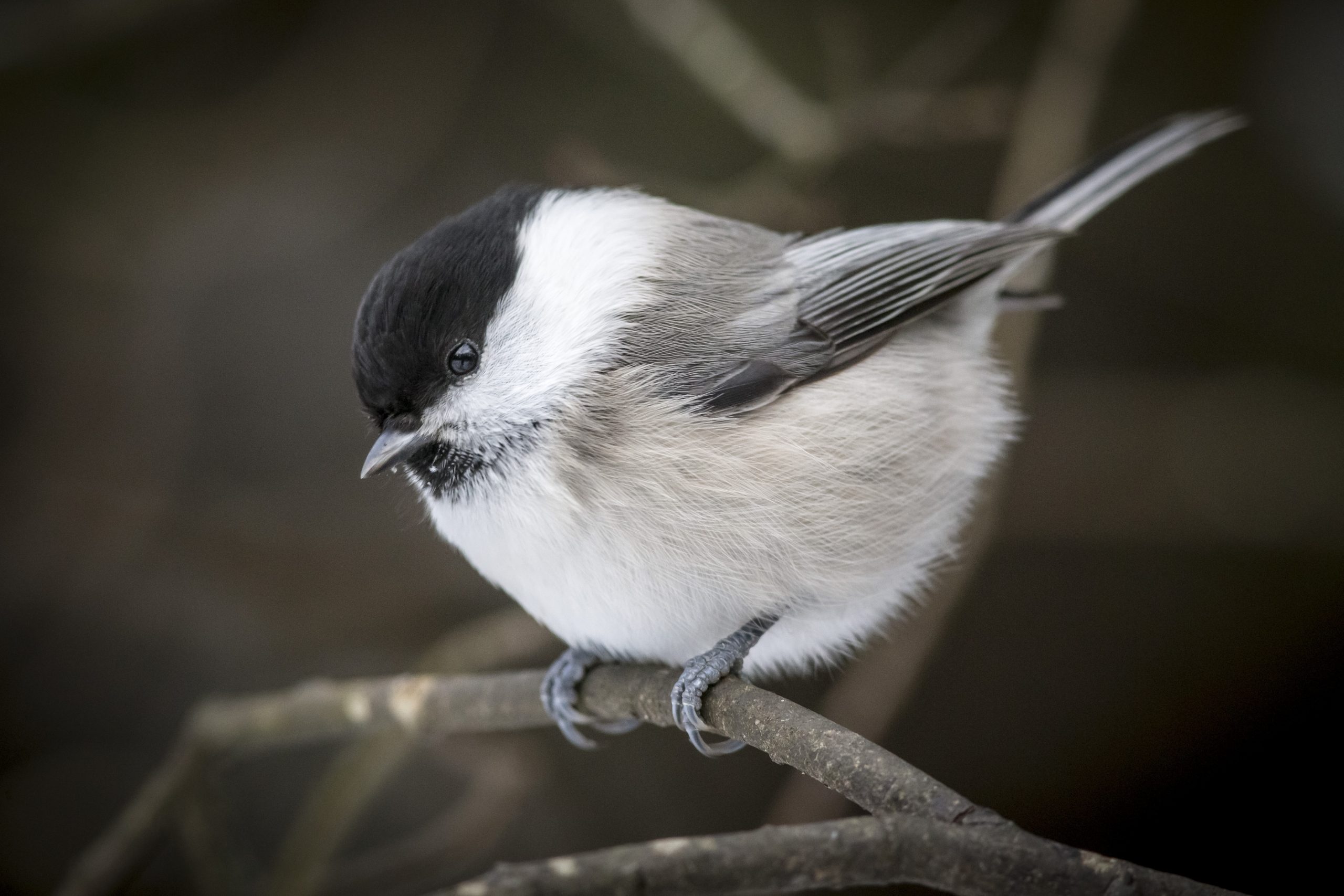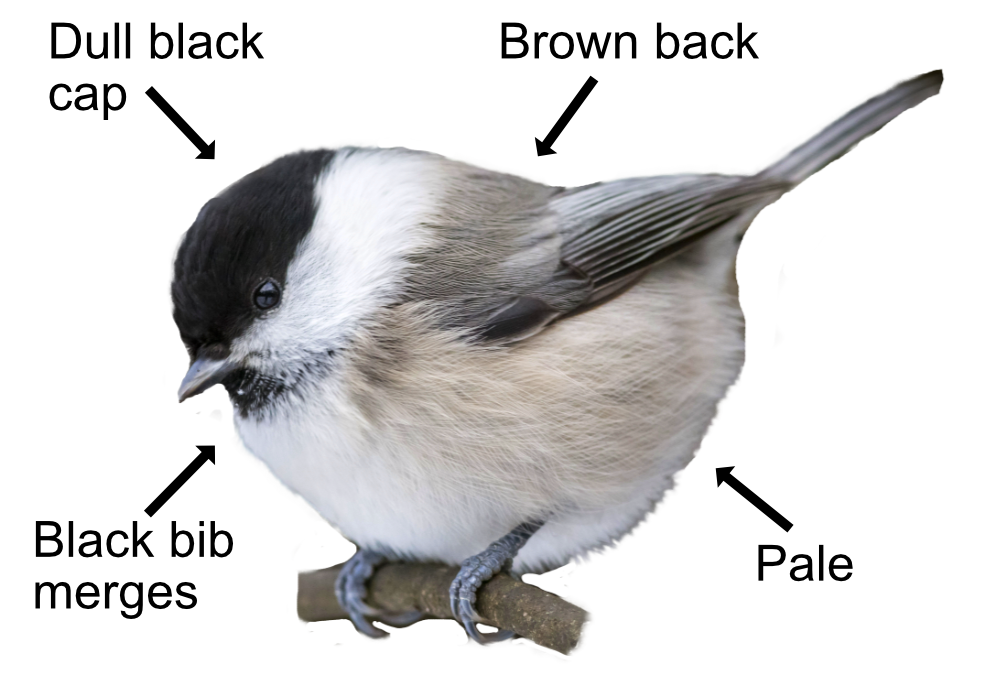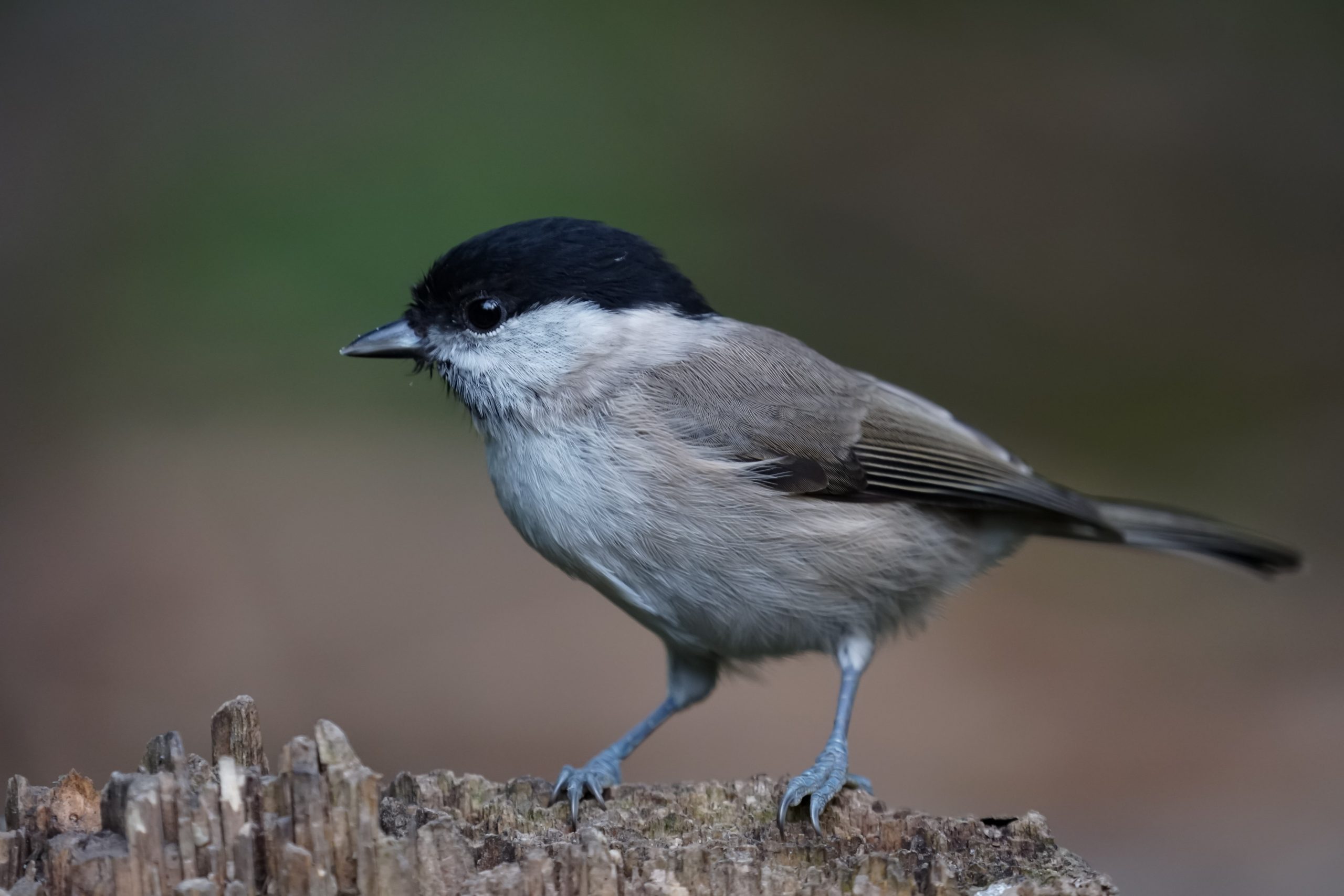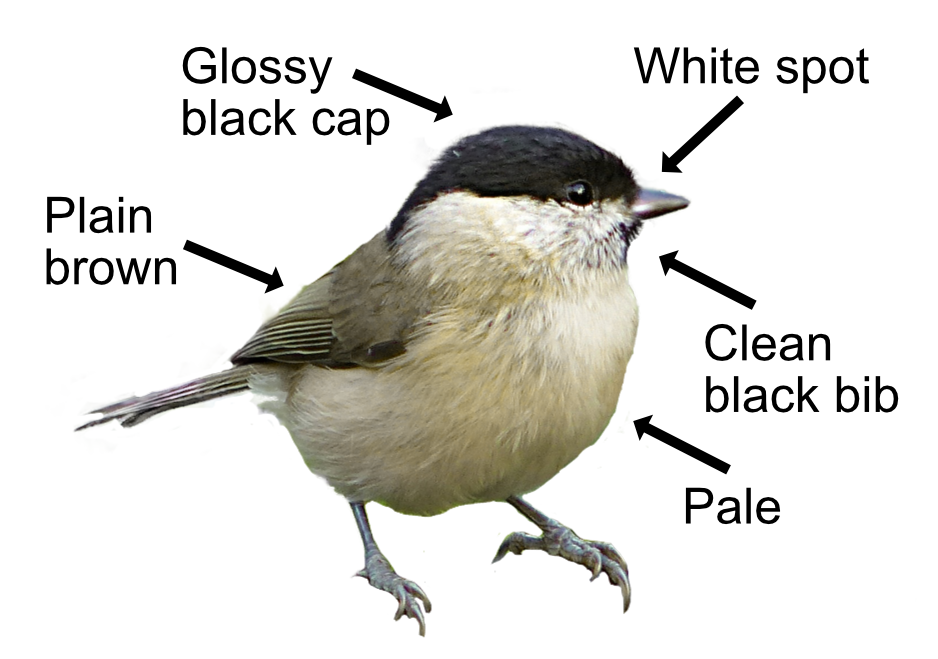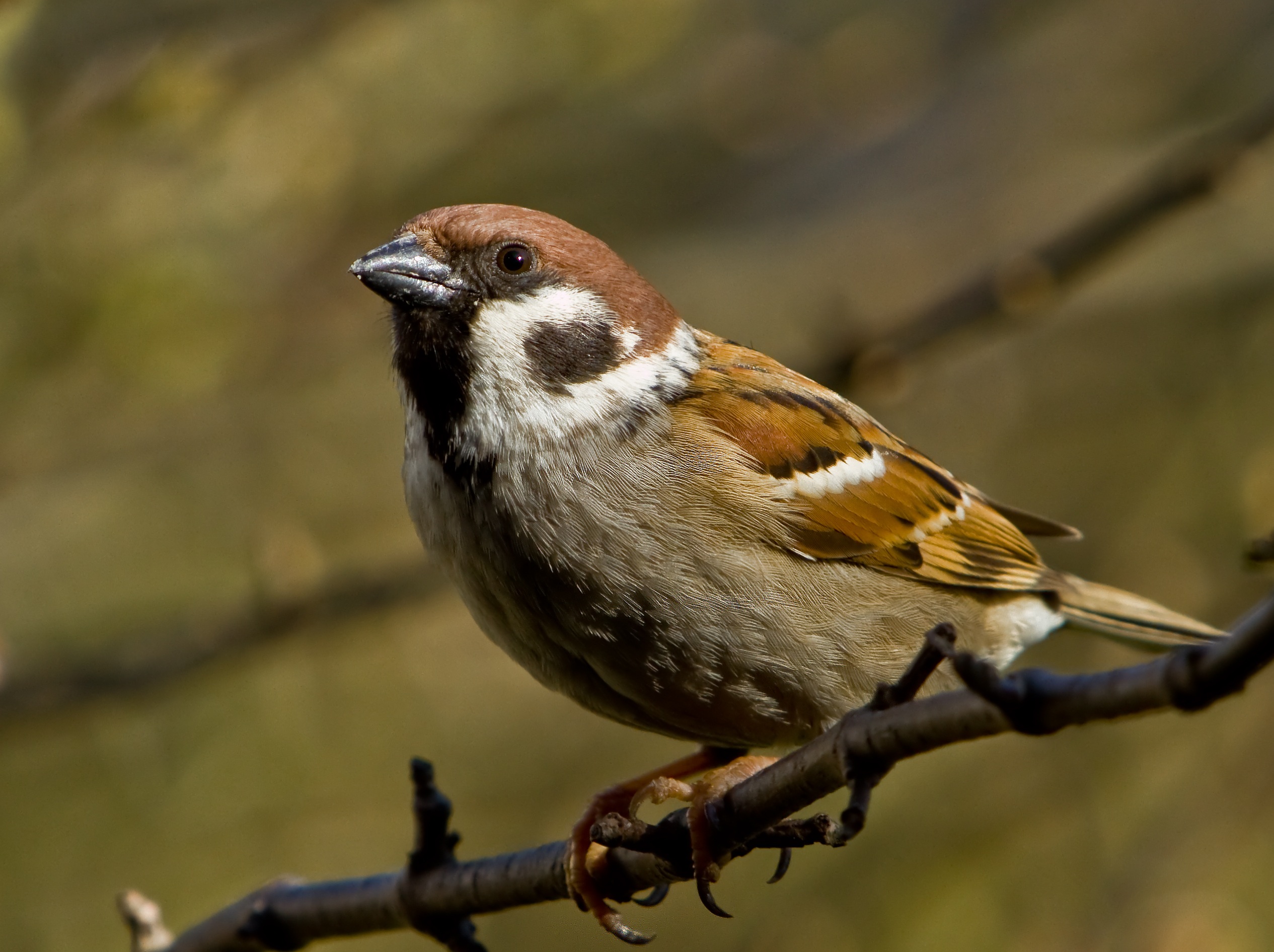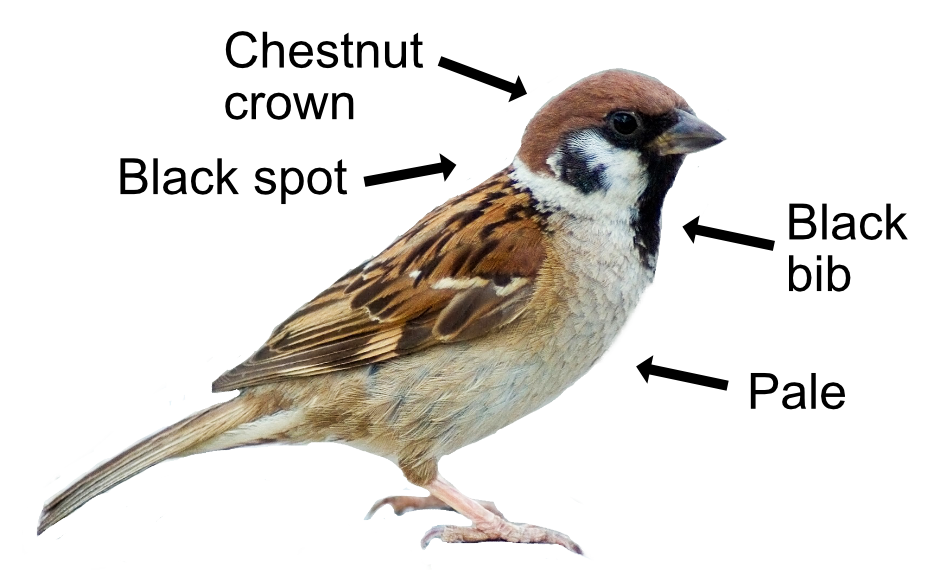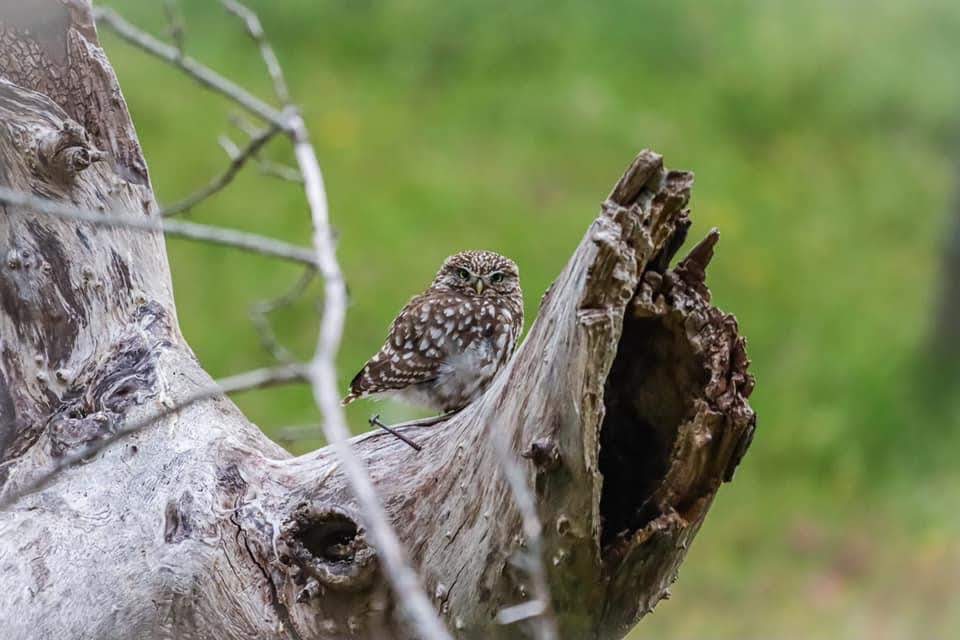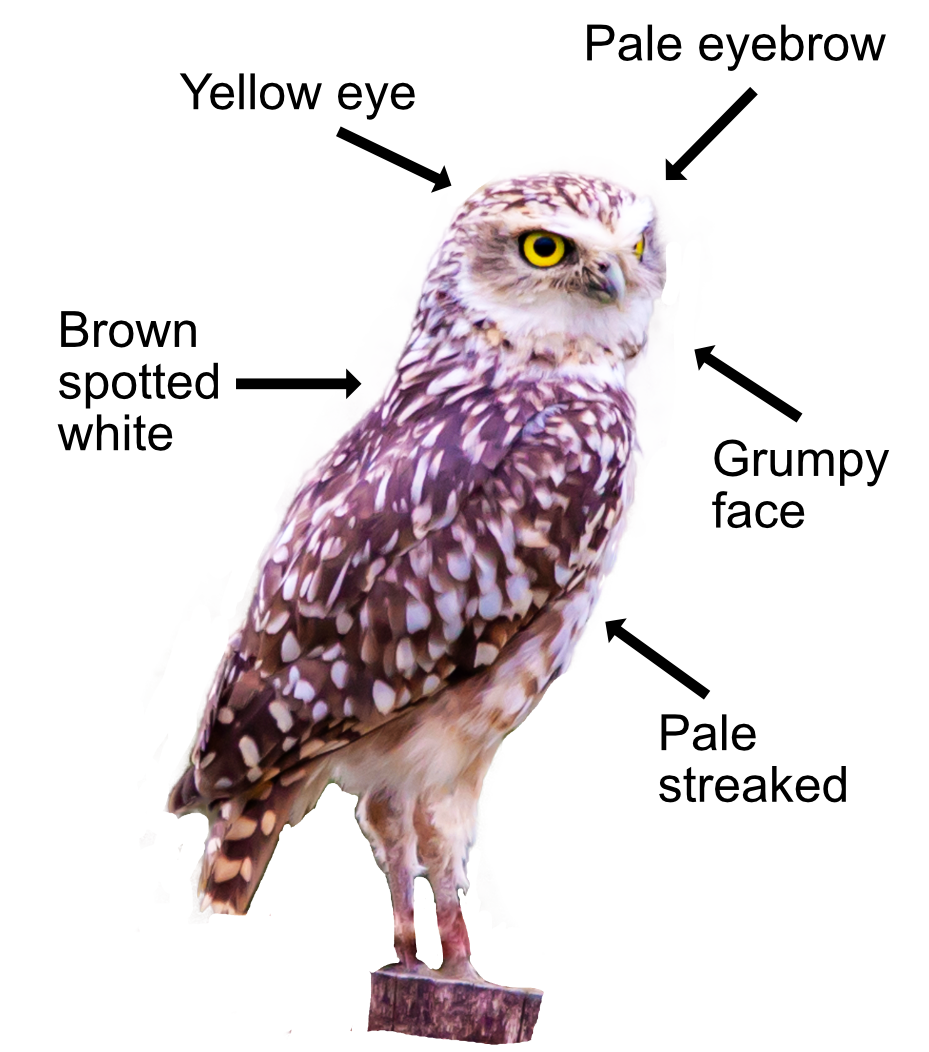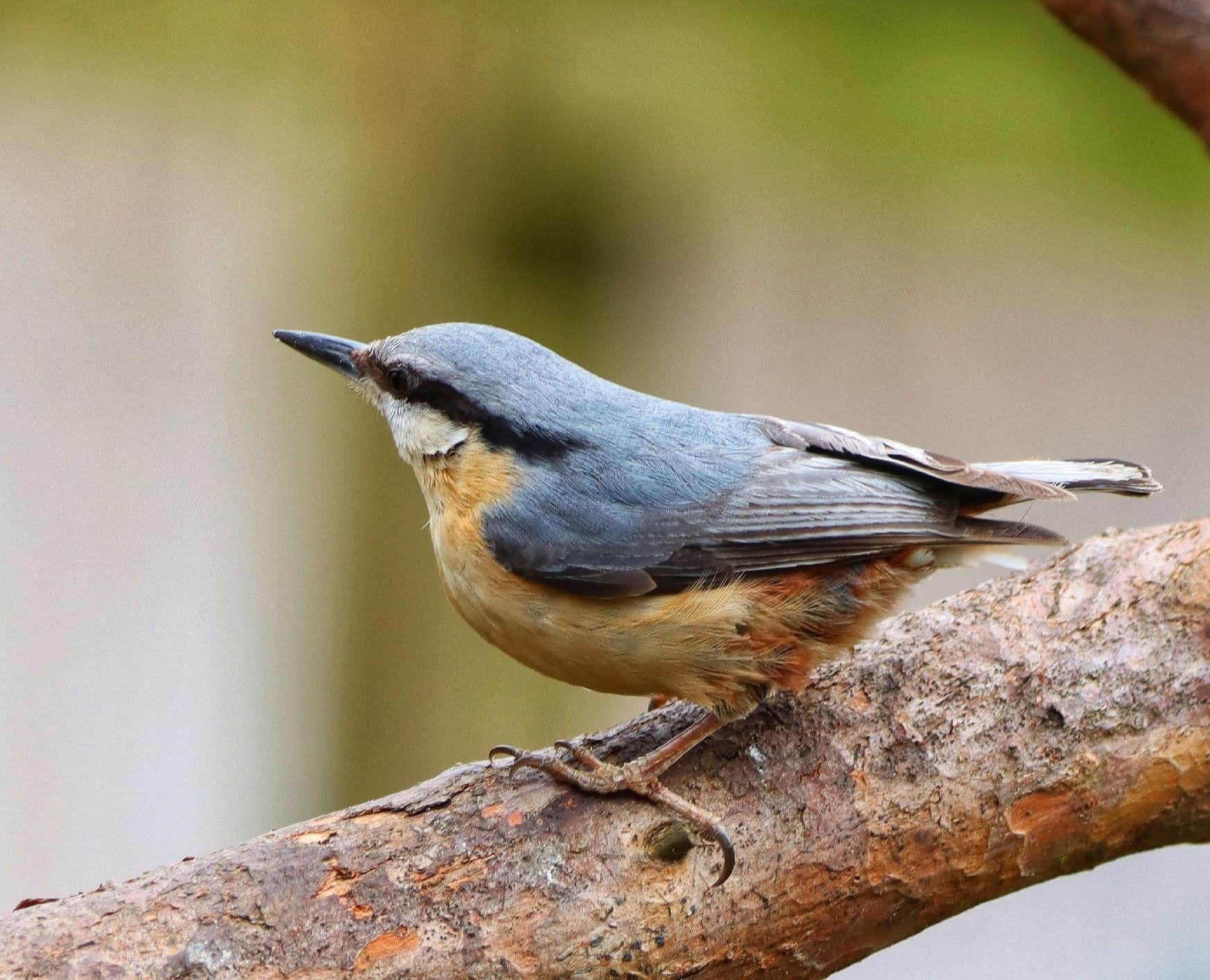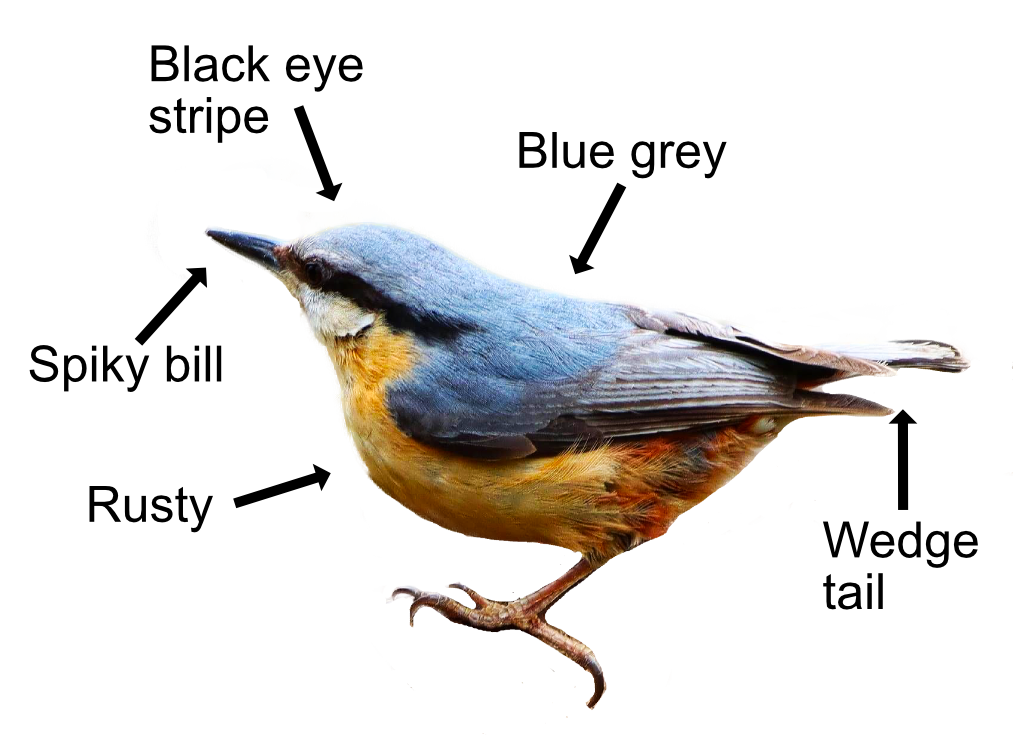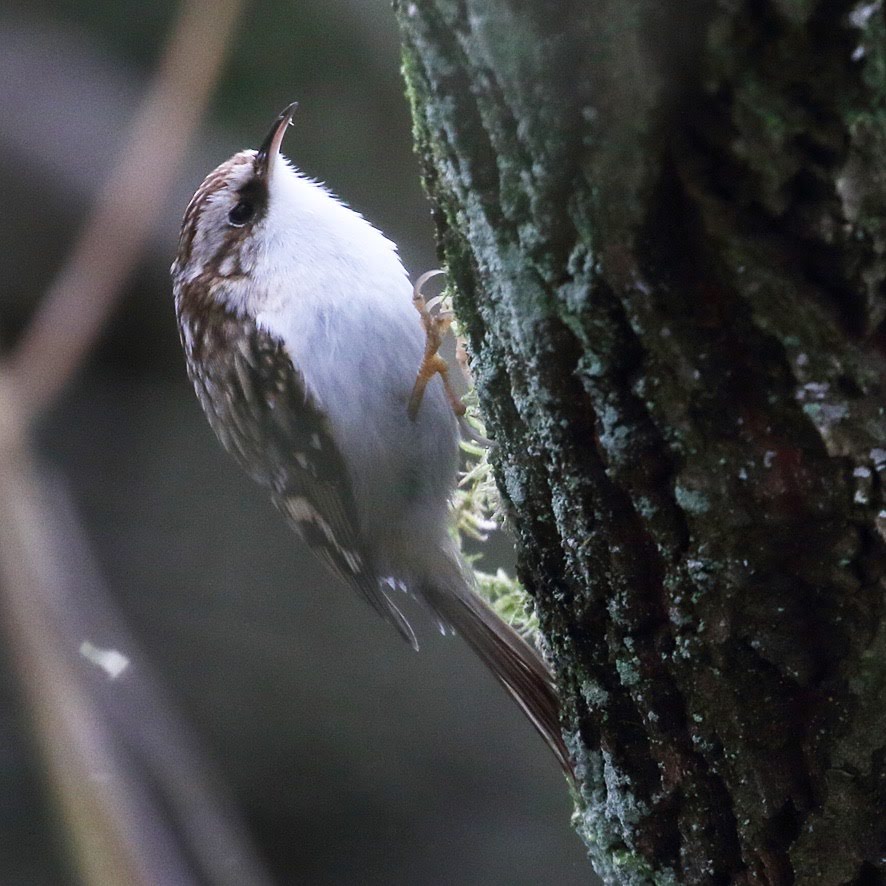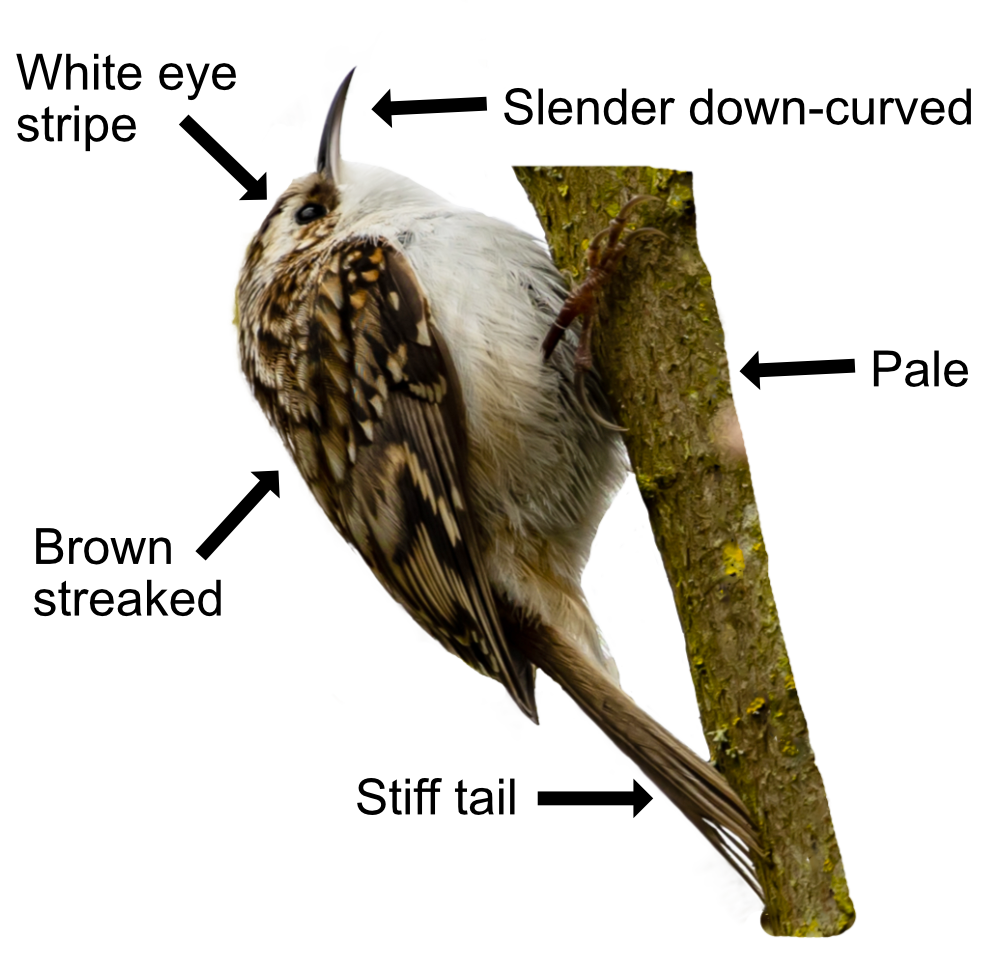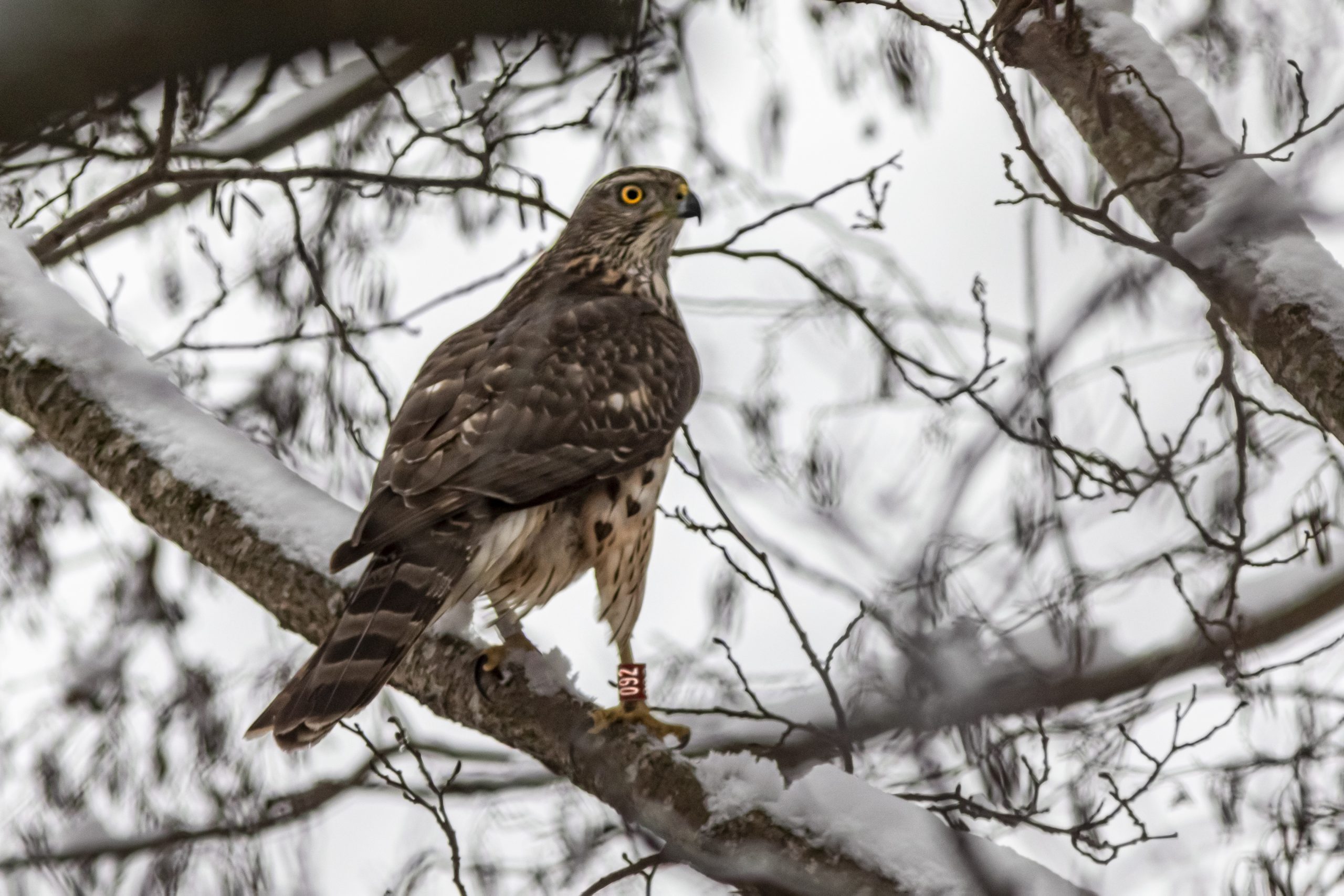
The Goshawk is the ultimate, deadly woodland predator. Its wings are tailor-made for weaving through trees at up to 40km per hour as it hunts birds and mammals, catching them after a short, fast chase. It is known as the phantom of the forest as it is incredibly elusive and best seen in March when displaying above the trees. And you thought it was safe to go into the woods.
Goshawks are a big hawk, almost the size of a Buzzard but with shorter wings and a longer tail. They look a like a huge Sparrowhawk being dark grey-brown above, white and finely barred below, with a dark head, and having broad bands on their tail. With a hooked bill, yellow eyes, white eyebrow, and dark cheeks, they have a fierce, hooded appearance. A bird not to be messed with. The female is larger than the male and browner. Sparrowhawks are only half the size of a Goshawk by comparison. When soaring, Goshawks hold their wings flat with three or four fingers showing at the end. The wing looks like it has an S-curve along the back edge. They are stealthily silent, only making a "gek-gek-gek" call when nesting.
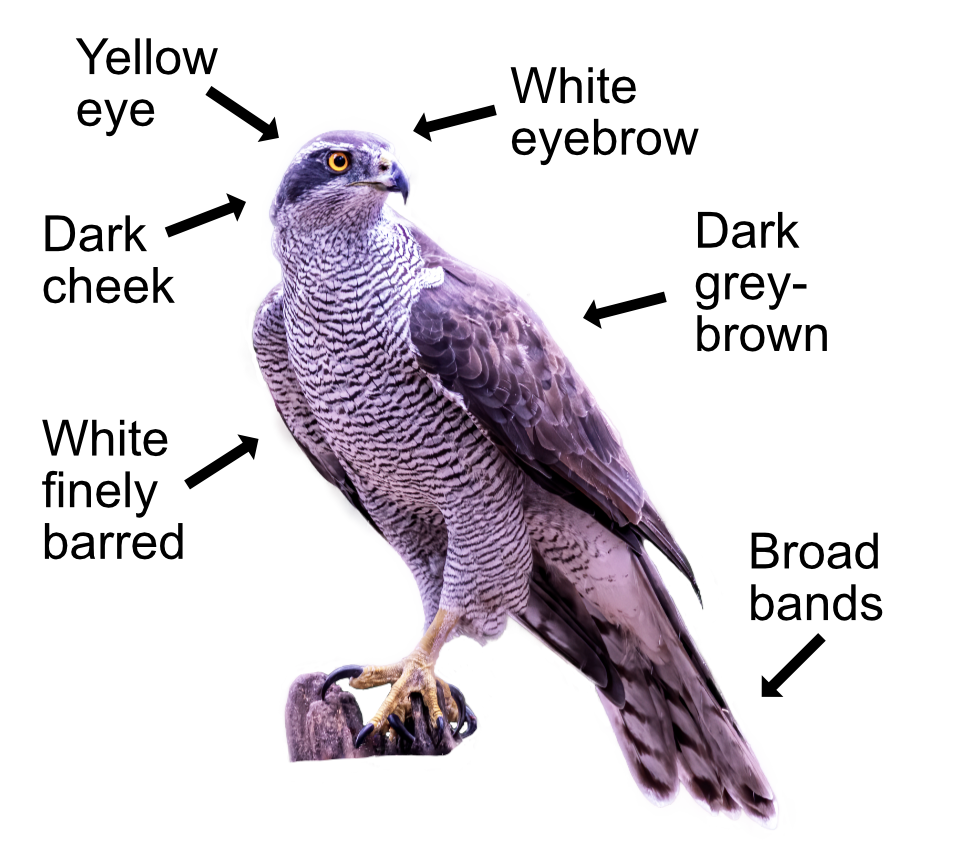
Such a big bird needs a big meal. They like to eat mammals like squirrels and rabbits (even taking small hares) and birds like Woodpigeons, Jays, Starlings, Thrushes, Crows, and Pheasants (which doesn't make them popular with gamekeepers). Their prey is caught after a short, fast, low flight, crashing through vegetation in pursuit and even chasing on foot!
Goshawks are generally solitary, except when nesting. They perform a fantastic sky dance to each other when courting in March. Once paired, they build a nest of sticks high up in a large tree and line it with things like pine needles. They will often reuse old nests. The 3-4 eggs hatch after 35 days and the young are fed and tended by mum for the first 10 days. She will fiercely attack anything that comes near, including humans! Mum stays on the nest while dad hunts for food. He calls when approaching to let her know it is him so she doesn't beat him up. The young can fly after 35 days but hang around on a nearby branch for 10 days before finally leaving. The girls leave after the boys as, being larger, they take a bit more feeding before they are ready. All the young have dispersed by late summer though they do not move far from their original breeding sites.
There are 600 pairs of Goshawks scattered across Britain with the greatest numbers in Wales and Southern Scotland. Their numbers are slowly increasing from being all but extinct a hundred years ago due to the loss of woodland habitat and persecution from gamekeepers. They are now protected by law. Their rate of increase has been improved by the planting of coniferous forests but hampered by egg collectors who steal their eggs. Habitat loss and persecution remains a threat for the Goshawk. Goshawks that survive their first two years can expect to live 11 years. The oldest known bird lived to be 19. The squirrels kept their distance.
Their Latin name is 'accipter gentilis' where 'accipiter' means 'hawk', from 'accipere' 'to grasp' and 'gentilis' means 'noble' or 'gentle' because in the Middle Ages only the nobility were permitted to fly goshawks for falconry. The English name comes from 'goose-hawk' as sometimes they even hunt geese!
